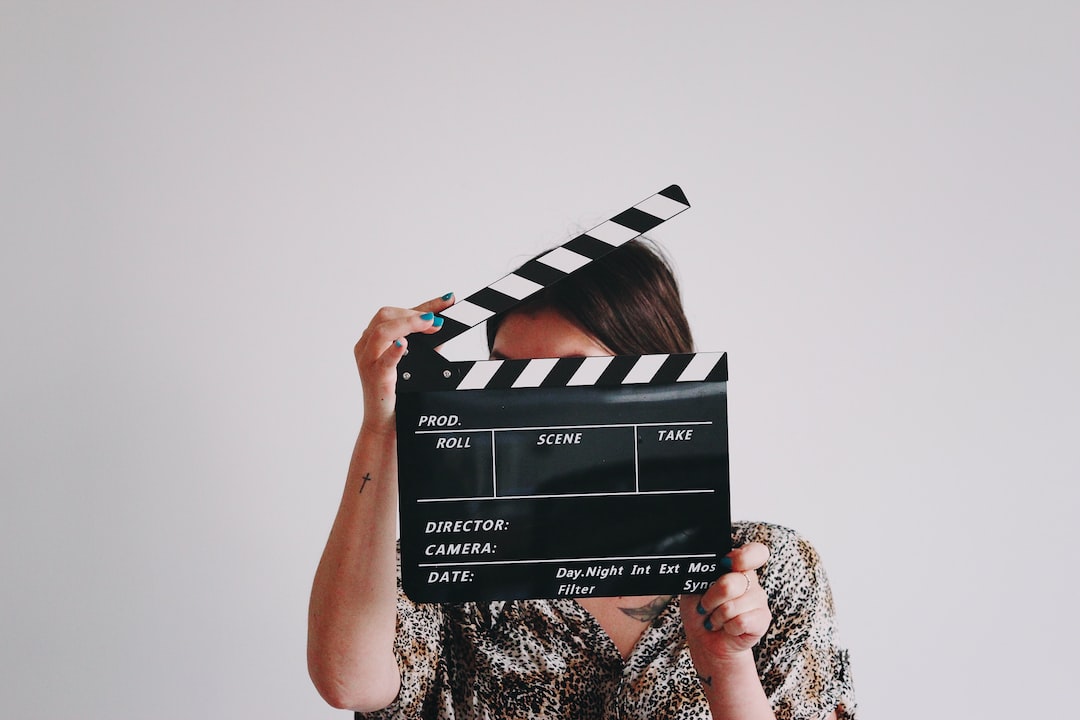Media Representation and Diversity: Challenges and Progress
In recent years, the issue of media representation and diversity has gained significant attention. From film and television to advertising and news outlets, there has been a growing demand for more accurate and inclusive portrayals of individuals from diverse backgrounds. While progress has been made, many challenges still persist in the industry.
One of the biggest challenges in media representation and diversity is the lack of opportunities for underrepresented groups. Historically, mainstream media has been dominated by individuals from privileged backgrounds, leaving little room for those from different races, ethnicities, genders, sexual orientations, or disabilities. This lack of representation not only reinforces stereotypes but also perpetuates the marginalization of these communities.
However, in recent years, there has been a gradual shift towards greater inclusion in the media landscape. More production companies and networks are actively seeking to diversify their casts, crews, and storylines. This has led to the creation of groundbreaking television shows like “Pose,” which features the largest cast of transgender actors in series regular roles, and “Atlanta,” showcasing the experiences of Black individuals in alternative ways. These initiatives help challenge the status quo and bring new voices and perspectives to the forefront.
Despite the progress, the media industry still grapples with issues of tokenism and stereotyping. It is not sufficient to have one character from an underrepresented group; their portrayal must be nuanced and multidimensional. The media should move beyond superficial diversity by ensuring that underrepresented individuals are involved in the creative process, both behind and in front of the camera. This allows for authentic storytelling that avoids perpetuating harmful stereotypes.
Moreover, there is a need for better representation of intersectionality within the media. Intersectionality acknowledges that individuals can face multiple forms of discrimination simultaneously, such as being Black and female or disabled and LGBTQ+. By including these experiences in storytelling, the media can better reflect the realities of marginalized communities. Authentic representation fosters empathy and understanding, helping combat the prejudices and biases perpetuated through mainstream media for decades.
Another significant challenge in media representation and diversity is the power dynamics that exist within the industry. The gatekeepers of the media – executives, producers, and directors – often come from privileged backgrounds, and their choices shape the stories that are told and who gets to tell them. This lack of diversity in decision-making positions hampers progress and perpetuates the status quo.
To address this issue, many organizations and industry professionals have founded initiatives to increase diversity at all levels of media production. The rise of organizations like Women in Film and Color of Change, among many others, has paved the way for greater access and opportunities for underrepresented individuals. Additionally, film festivals and independent production companies have emerged as platforms for diverse voices, providing avenues for alternative narratives to reach wider audiences.
Furthermore, the internet and social media have become powerful tools for addressing the lack of representation in mainstream media. Many marginalized communities have taken matters into their own hands, creating YouTube channels, podcasts, and blogs that allow them to tell their stories and reclaim their narratives. This grassroots approach has resulted in a democratization of media representation, giving a voice to those who have been silenced for far too long.
The media industry also faces criticisms surrounding the portrayal of marginalized communities. Stereotypes and biases are often perpetuated through misrepresentation or the absence of diverse perspectives. This can have lasting effects on the social beliefs and attitudes of the general public. Therefore, it is crucial for media organizations to engage in self-reflection and actively work towards dismantling harmful narratives.
Fortunately, there have been instances of positive change in recent years. Movies like “Black Panther” and “Crazy Rich Asians” shattered long-held industry assumptions about diverse-led projects. Not only did these films perform exceptionally well at the box office, but they also highlighted the demand for diverse stories told by diverse voices.
In conclusion, media representation and diversity face numerous challenges, but progress is being made. The lack of opportunities and tokenism are being actively addressed, and intersectional experiences are beginning to be acknowledged through authentic storytelling. While power dynamics and biases persist in the industry, grassroots movements and initiatives are opening doors for underrepresented communities. By taking collective responsibility, media organizations and audiences can continue to drive positive change and ensure that the media landscape is truly reflective of the diverse world we live in.

